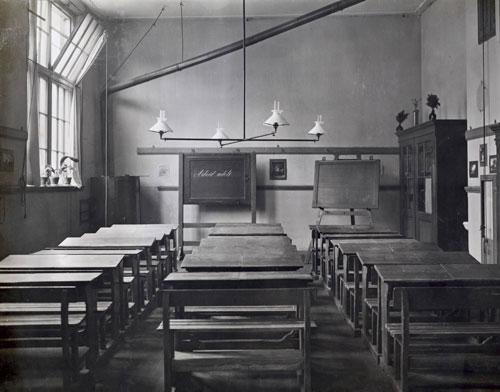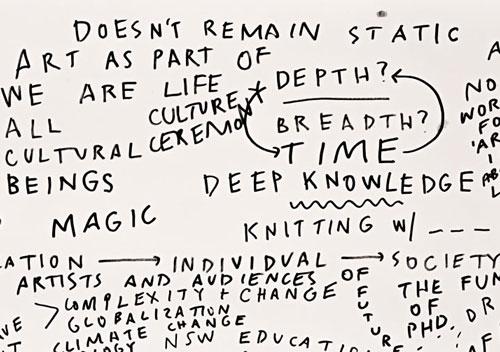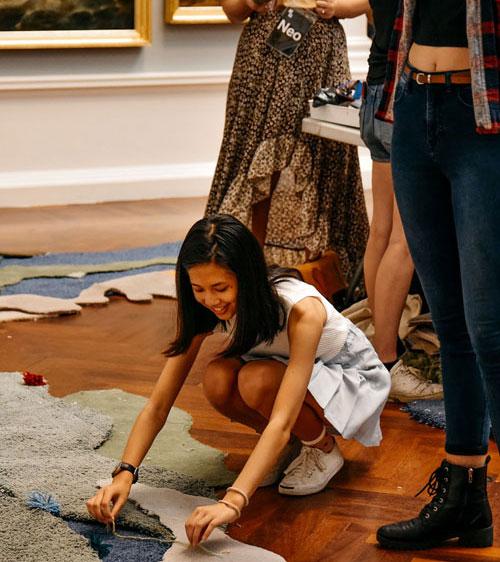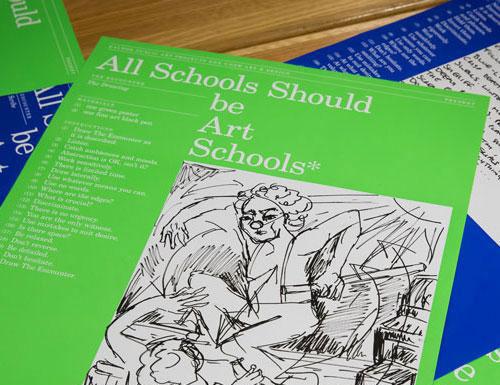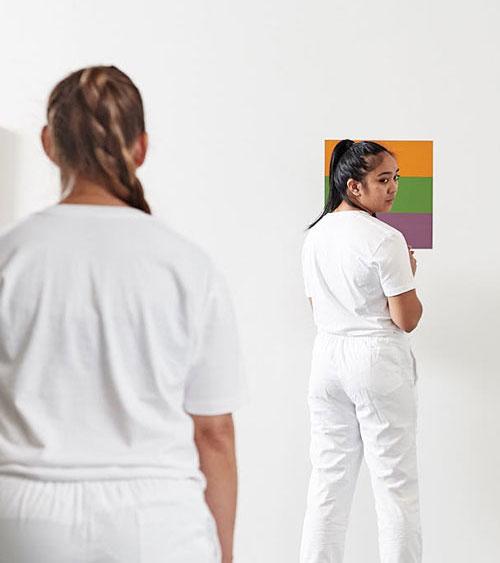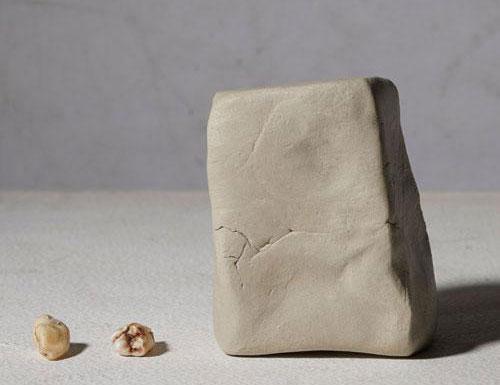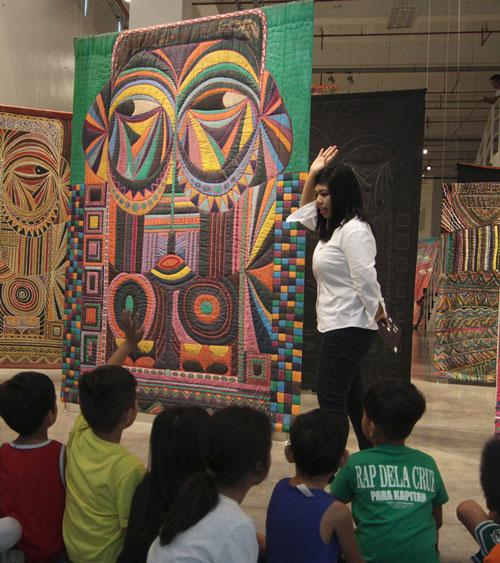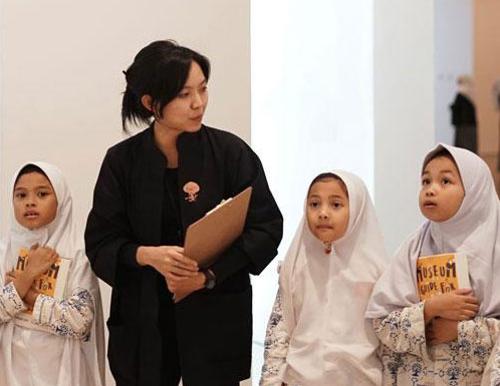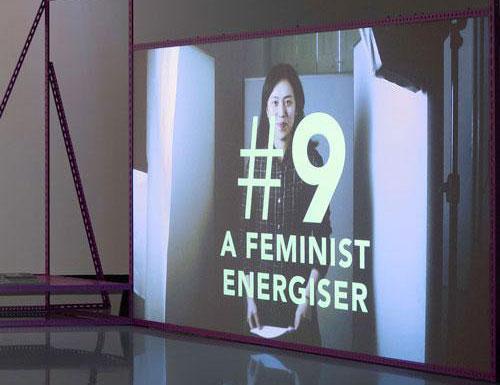Falling in love (Or is the curatorial a methodology?)
What is curatorial research? And what is a curatorial methodology? I founded the Curatorial Practice PhD at Monash University in 2014. Though new and at the time unprecedented in Australia, it is entirely modelled on the Fine Art PhD, which is now offered by more than two dozen courses in this country. And so these questions were put to me repeatedly. They often felt bewildering, the result of putting the square peg of curating into the round hole of academia. Curating’s entry into academia was an awkward and artificial event, but I believe this event continues to have tremendous potential, and I hope to tease out its implications and possible paths forward in the essay that follows.

